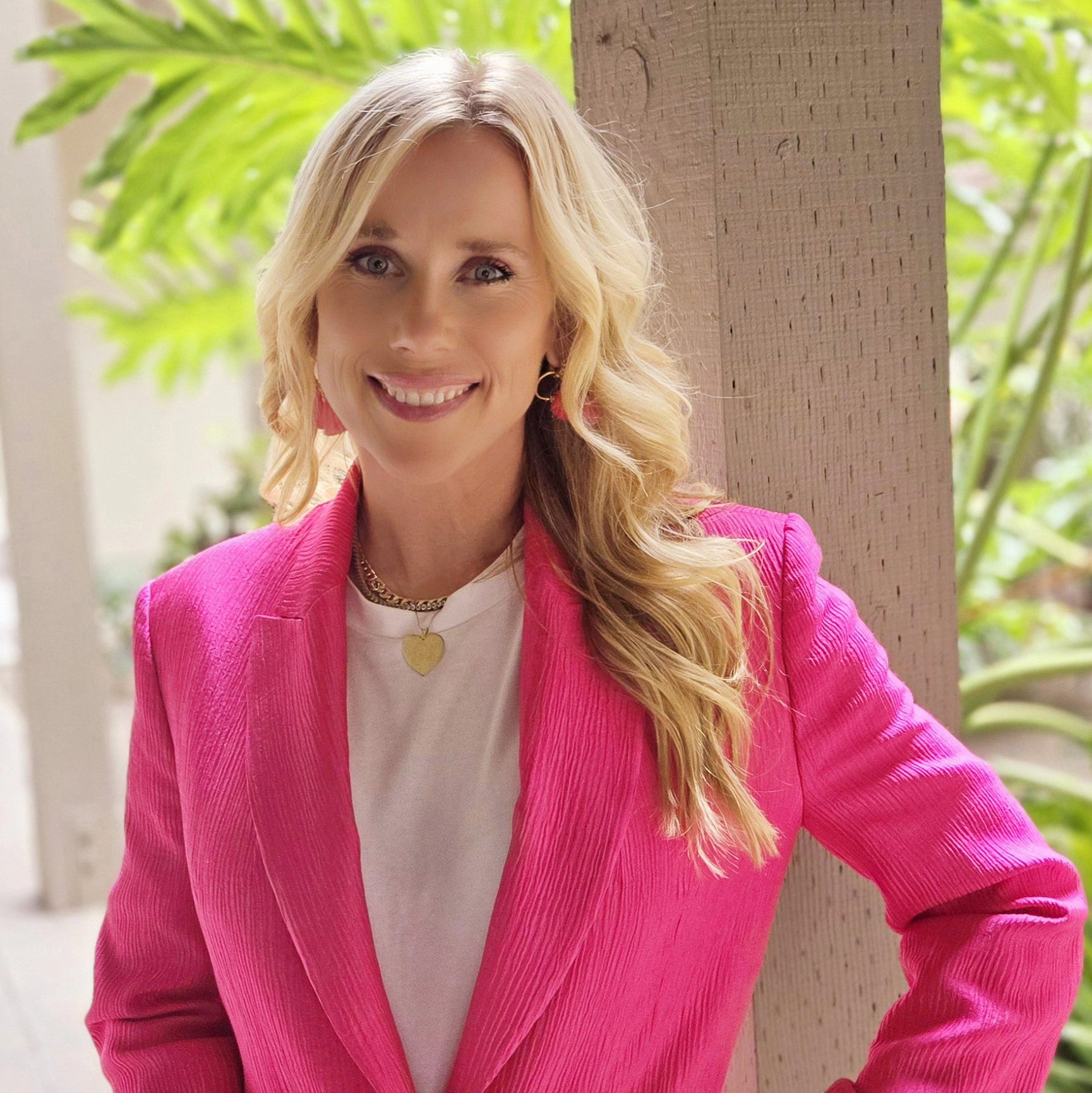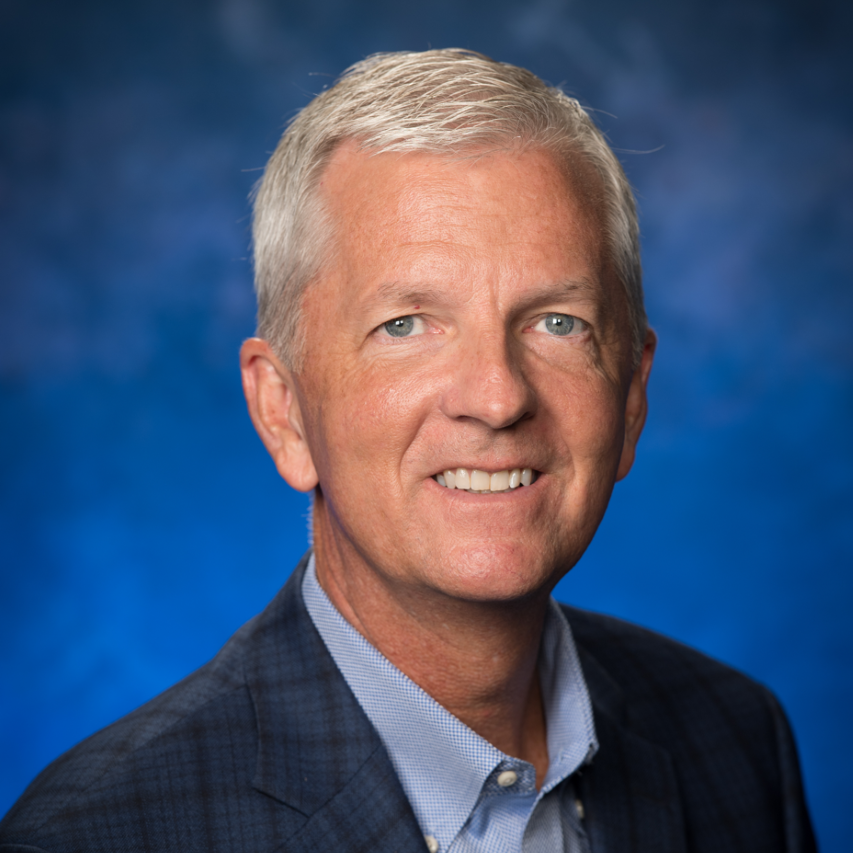In July, SEI, the fintech and asset management provider, bought a majority stake in Stratos Wealth Holdings, the umbrella firm for a network of RIAs and broker-dealers.
The deal included Stratos Wealth Partners, which operates as an office of supervisory jurisdiction (OSJ).
The OSJ/affiliated enterprises model is becoming more popular as regulations increase and the industry consolidates. The model gives independent advisors assistance with compliance and OSJs also can offer financial support, including for succession and M&A opportunities, among other activities.
Given the recent SEI deal shining a spotlight on OSJs, WSR decided to explore the current state of financial relationships between broker-dealers and OSJs/enterprises with industry experts.
How the Financial Relationship Typically Works
Andy Kalbaugh, President of The Wealth Consulting Group, says most affiliated enterprises help with transitional charges, such as account fees, and many offer capital to assist with succession opportunities and potentially M&A. However, that depends on the transaction size and how and where the broker-dealer custodies assets.

Jodie Papike, CEO and Managing Partner of Cross-Search, notes business development opportunities are a way many large broker-dealers partner with their OSJs. There are several ways to structure partnerships, including firms introducing advisors and subsidizing up-front capital to win new business. OSJs provide a flow of partnership opportunities and service enhancements, as well as improve the overall advisor experience.
“When done right, these relationships work for both the broker-dealer and the enterprise team,” she says.
Tim Stinson, President and Channel Leader, Large Enterprise for Cetera Wealth Services, explains that when Cetera works with affiliated enterprises, the relationship evolves to maximize value.
Stinson sets out an “evolution path” that proceeds through the phases of limited hybrid, mature hybrid, scaled hybrid, RIA, optimized RIA and monetization execution. “Cetera’s investment during engagement parlays marketing/branding, recruiting capital, lead generation (advisor and enterprise) peer-driven community study groups, dedicated growth support teams,” he says.
Papike says some the larger broker-dealers allow investments directly into enterprises of individual advisors’ practices. She says more advisors are turning to their current broker-dealer for capital.
Cetera may consider minority investments on a strategic, case-by-case basis, Stinson says. One advantage to these types of investments is that interests are better aligned. If done well, this alignment increases growth and profitability for both firms and leads to better individual advisor retention.
However, this practice of making direct investments into OSJs is not widespread, notes Kalbaugh. While these investments can be retention plays, the challenge with OSJ investment is valuing the OSJ on its own. He questions whether the OSJ offers an enterprise value or is a collection of independent businesses. If it’s the latter, the OSJ has a much lower valuation.
Kalbaugh and Papike say another financial arrangement includes broker-dealers offering affiliated enterprises lines of credit to buy other advisory businesses. Kalbaugh says it’s a smart move for both parties, pointing out that the broker-dealer knows the business well, interests are aligned and the financial risk is low for both parties.
“Knowing who you are lending to or who your lenders are is extremely important as you are bringing a third party … your business. You better be aligned and be able to get along,” he says.
Papike concurs. As the market to acquire advisor’s practices becomes more competitive, purchases prices are rising. By offering access to capital, broker-dealers are streamlining the process.
Other Sources Of Capital For Affiliated Enterprises

Not all broker-dealers offer their affiliates credit lines. Cetera is one of them. Instead of credit lines, Cetera may co-invest or facilitate acquisition financing through third-party resources. Since Cetera is a growth-oriented firm, “the benefit of this approach is focused on maintaining and growing assets on platform to the benefit of all parties,” Stinson explains.
Papike says when firms do not offer funding, advisors often seek specialized lenders who focus on financing practice acquisitions.
It may not be difficult for broker-dealers to get other sources of capital because the industry appeals to institutional investors, Kalbaugh says. Banks are traditional options, and the bank a broker-dealer already works with might work with the firm. Private credit and private equity are another option, and Kalbaugh says he’s starting to see more family offices and insurance companies entering the space as a “patient money” lender.
There are usually three types of deals Papike sees when it comes to purchase structures. The deal either includes most, or all, of the capital provided at closing, or it has little to no upfront payment but has a longer-term payout structure for advisors on the back end. The third is a blended structure with some capital at the beginning, with a mid-term back-end payout. In this case, advisors usually fund the up-front portion using revenue generated from the acquired business.

Even if there is no capital investment between an affiliate and a broker-dealer, it’s possible the two firms can have a solid, long-term relationship, Kalbaugh says.
“It simply means that based on the OSJ’s leadership and their longer-term plans, they will need to seek a partner or investors who can help them with their issues,” he says.
“But the OSJ must know the market and understand their options. Aligning with someone who gives them that optionality and guidance is one of the most important questions.”
Most enterprises have not received capital investment from their broker-dealer, Papike points out. There’s often a specific reason that broker-dealers offer financing. “It’s important to note, these types of offerings are not available at every firm and that not every enterprise needs a capital investment,” she says. “These opportunities are typical for advisors close to retirement, with a desire to grow or as a way to monetize without having to sell.”
For Cetera’s part, Stinson says the firm still works closely with OSJs by providing executive-level strategic planning and execution support to affiliates with a growth mindset. “This provides in-depth planning, capital for growth investments, and subject matter expertise in the most pressing areas: marketing/client acquisition, recruiting, legal, HR, operational efficiencies, and financial management,” he says.
The Future Of OSJ And Broker-Dealer Relationships
To retain top advisors, firms are becoming more open to offering minority stakes, Papike says. The RIA model was instrumental in creating this structure, but broker-dealers have expanded their offerings to stay competitive.
Stinson also sees the space evolving as advanced-stage enterprises establish organic growth discipline around their brand, client acquisition, durability of advisor relationships and financial reporting.
“They are also building W-2 capabilities in tandem with M&A as succession for existing advisors and for acquisition of smaller external firms,” he says.
Kalbaugh sees two trends emerging. As firms consolidate, they integrate and emerge with added services and values for the combined entity and their advisors, which can be done with limited capital as they can convert equity instead. For firms seeking outside money, the push by patient money from insurers and family offices is changing the dynamics as well. These investors do not have the same time constraints as a fund and they may be long-term holders.
That, Kalbaugh says, “creates a different conversation that may benefit both parties.”
Debbie Carlson, Contributing Editor at Wealth Solutions Report, can be reached at ContributingEd@wealthsolutionsreport.com.












